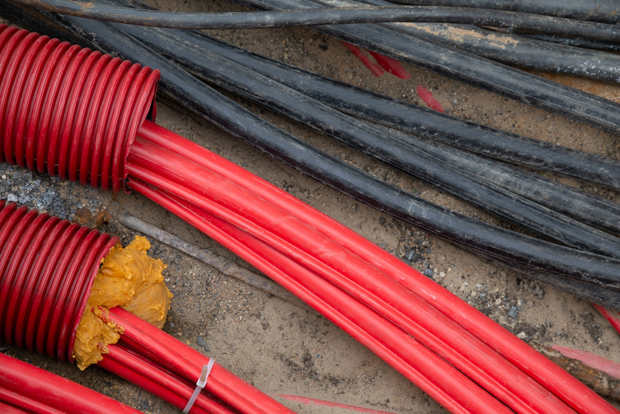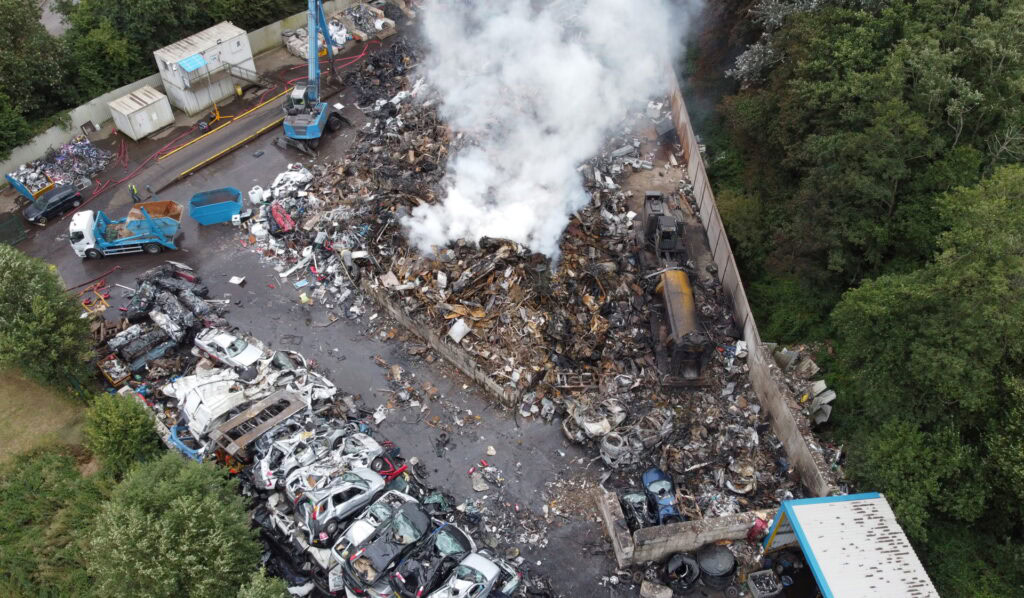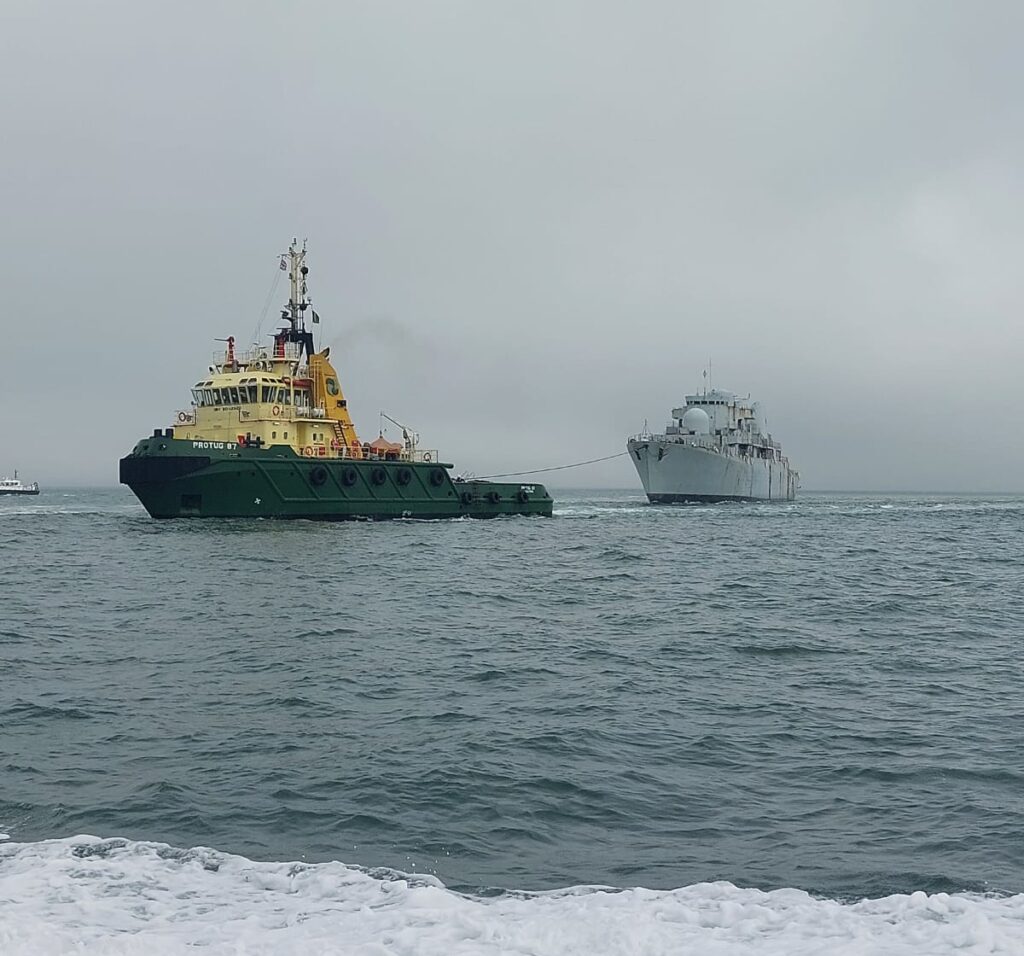The RPS was published yesterday (31 May) and relates to “non-WEEE waste electrical and telecommunications cable from activities involving construction and demolition, end of life vehicles, and vehicles maintenance”.
According to the Agency, research into the composition of this material has identified that “at least 25% (potentially over 50%) of these cables exceed at least one hazard property, with very limited scope to tell the hazardous cables apart”.
The classification could have a big impact on some companies who accept loads containing waste cable, including many metal and end of life vehicle (ELV) recyclers.
The Agency explained unless an operator can show that cable produced is non-hazardous waste with a thorough WM3 assessment a number of requirements must be met.
This includes ensuring that:
- Waste cable from construction and demolition work is dual coded and consigned as 17 04 10 and 17 04 11
- Waste cable from vehicles is dual coded and consigned as 16 01 21* and 16 01 22
All four waste codes would deem the material as hazardous which means they would need to go to specialist treatment facilities, which often cost a lot more.
RPS
The RPS sets out the steps operators must take to avoid enforcement action by the regulator if you store or treat hazardous waste cable. It is set to run until the end of 2023.
This includes requiring operators who store and treat waste cable so only do so “in areas which have an impermeable surface with sealed drainage”.
Operators must also not:
- Accept any cable that contains oil or tar
- Accept any cable that includes cable from WEEE
- Mix any non-WEEE cable with cable from WEEE
- Mix any plastic from non-WEEE cable with plastic from WEEE cable
Operators will need to check back at the end of the year to see if they require a new permit or need to vary an existing one.
Our position with regards to waste cables produced from construction and demolition and ELV activities may change
- Environment Agency
Mixed
The Agency explained that the RPS relates solely to the hazardous waste status of cable and does not refer to Persistent Organic Pollutants which are potentially affected by future changes to POP concentration limits.
“Our current position with regards to waste cables produced from construction and demolition and ELV activities may change depending on the outcome of the recent consultation,” the regulator noted.
Recyclers
Scrap metal and ELV recyclers have expressed concern about the potential classification of waste cable as hazardous.

Susie Burrage, president of the BMRA, said in November 2022: “For sites handling or producing these wastes, difficult decisions undoubtedly lay ahead, but we are working hard to minimise the impacts a ‘hazardous’ classification might have on your businesses.
“We are discussing options that could limit the number of cable processing sites that would fall under the controls set out in the Industrial Emissions Directive and simultaneously lobbying government for a derogation from the requirement to pay the hazardous waste consignment note fee for small loads of cable.”








Subscribe for free